Why Do Cactus Have Spines ?
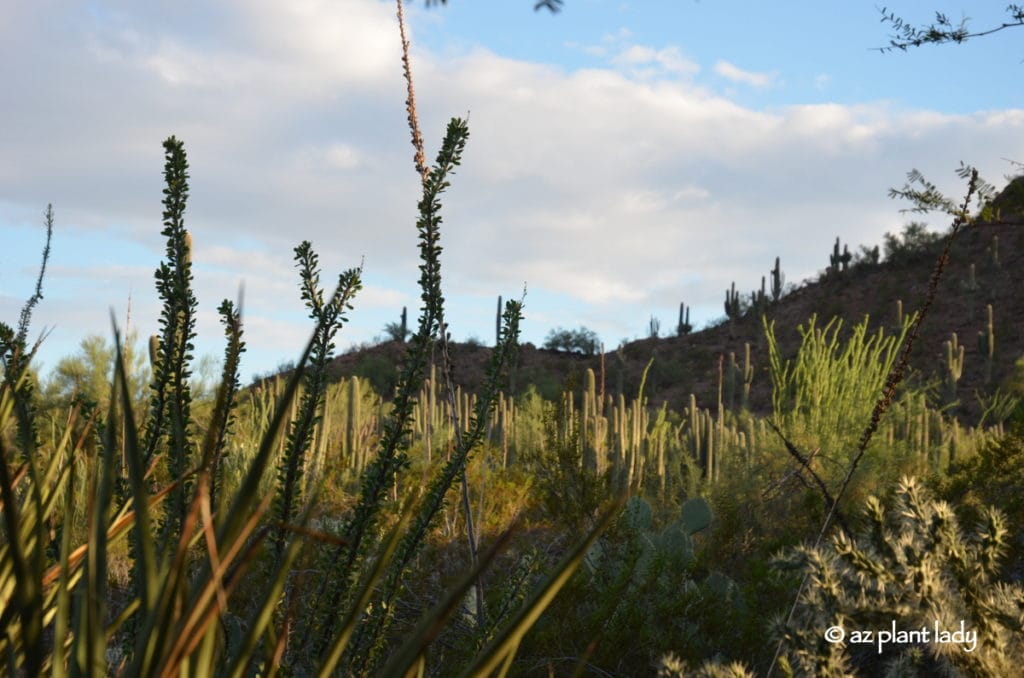
What comes to mind when you think of cactus?
Perhaps the first thing you think of is the spines. If you have ever been unfortunate enough to have been pricked by a cactus, you’ll likely never forget that most of them have needles.
*Did I ever tell you about the time I worked on golf course landscape and backed into a teddy bear cholla and got an entire piece lodged in the back of my leg?
Besides being painful to those who get too near to cacti, did you know that there are important reasons that cacti have spines?
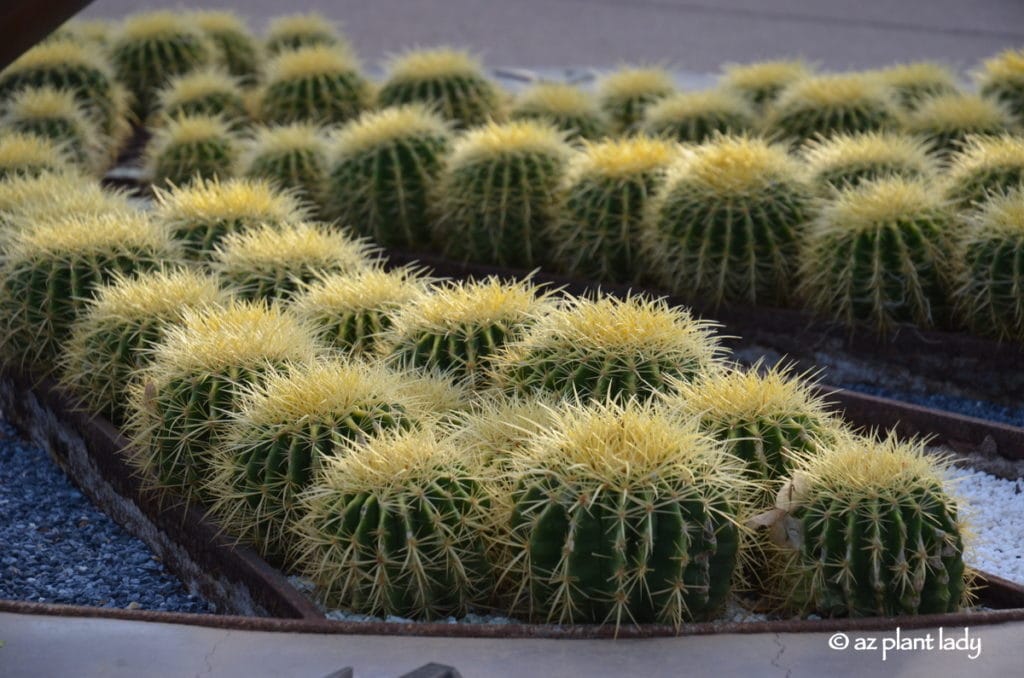
Golden barrel cactuses (Echinocactus grusonii)
First, let’s look at the spines of cactus for what they are – the main part of cactus often functions as a modified stem, and its needles are the leaves.
The most obvious function of cactus spines is to protect the cacti from animals and people. There are, however, a few animals who aren’t deterred by the sharp spines of cacti such as javelina, tortoises and pack rats.
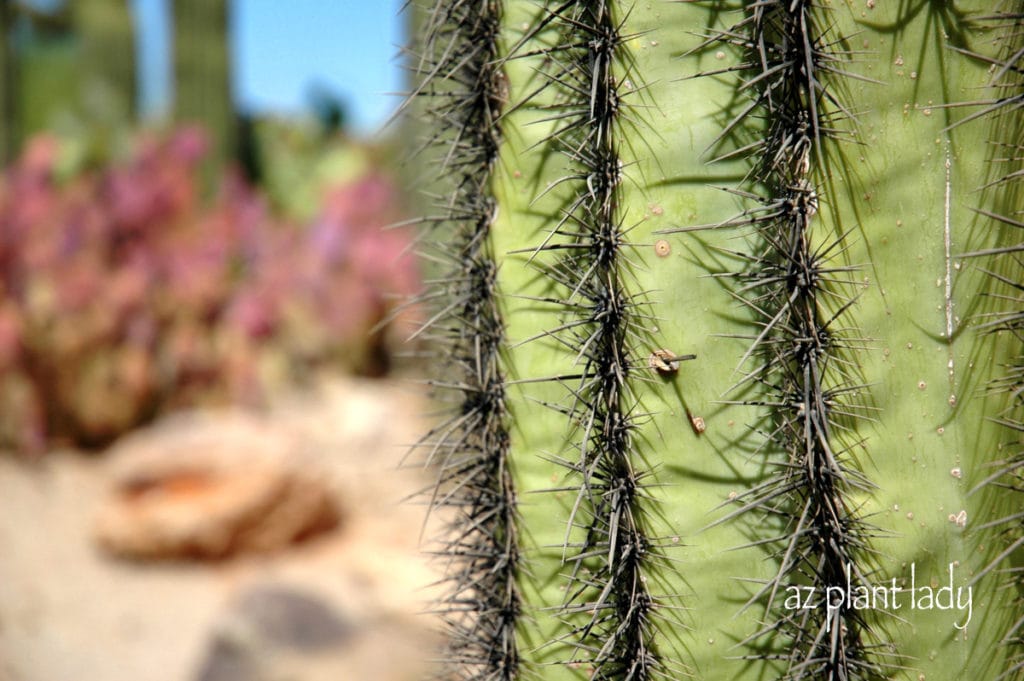
Saguaro cactus (Carnegiea gigantea) spines
Suprise, the primary function of the spines are to actually shade the cactus.
Although just one small spine would hardly provide shade, thousands of them can provide enough.
Why is sun protection needed for the surface of cacti? The shade from the spines let the cactus lose water through the atmosphere. This helps keep the cactus temperature relatively low.
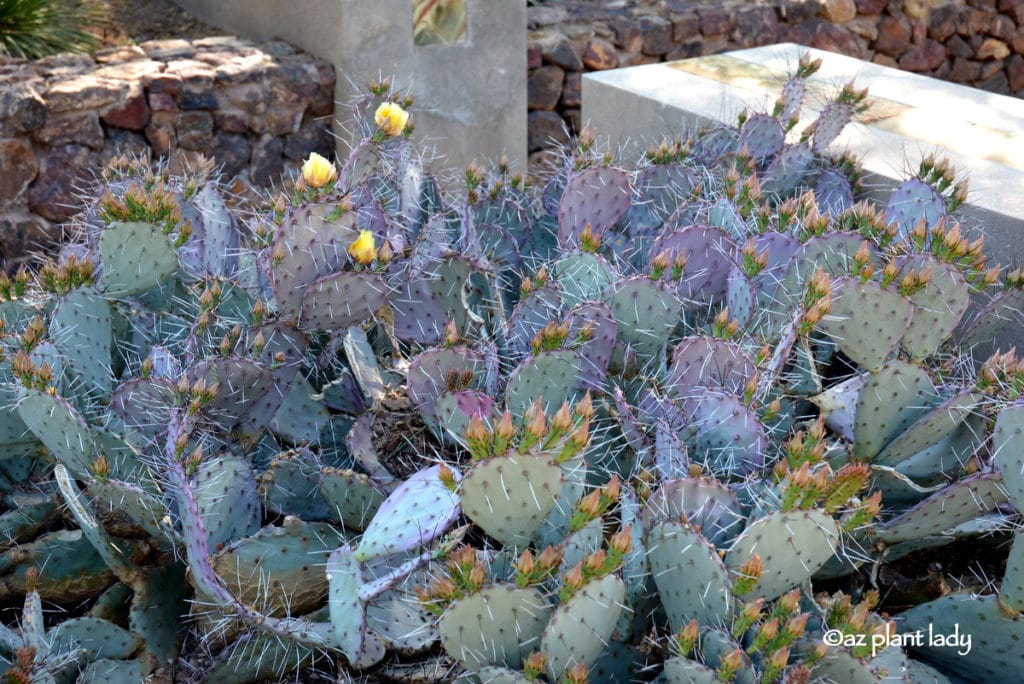
Black-spine prickly pear (Opuntia macrocentra)
Another function that the spines serve is that they help certain species of cacti such as cholla to root and spread.
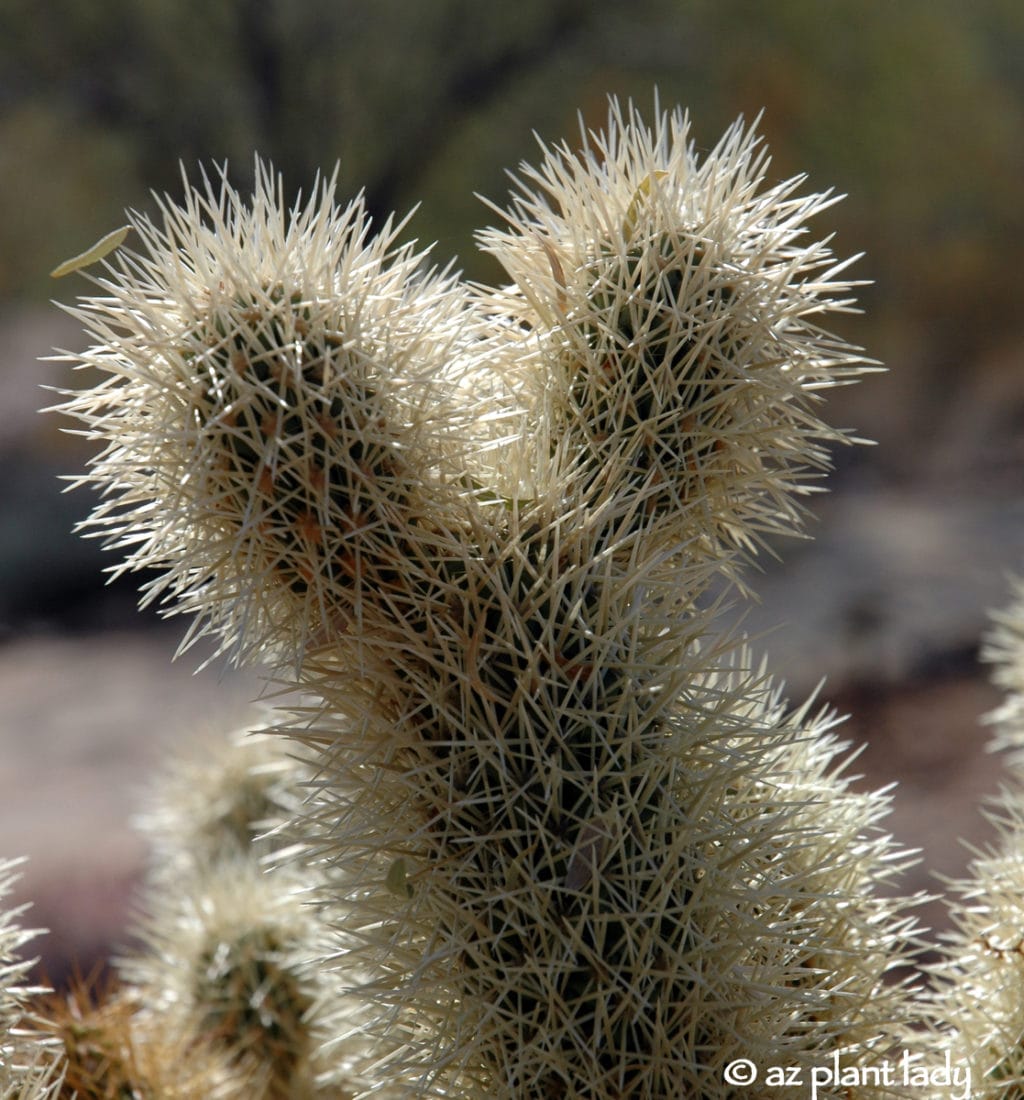
Teddy bear cholla (Opuntia bigelovii)
Spines of the Cholla are specialized to detach and attach onto anything that comes to close. There are tiny barbs at the tips which grab on to anything that gets too close. It almost appears as if they ‘jump’ off of the main cactus as they latch on the unlucky recipient.
Spines of the Cholla are specialized to detach and attach onto anything that comes to close. There are tiny barbs at the tips which grab on to anything that gets too close. It almost appears as if they ‘jump’ off of the main cactus as they latch on the unlucky recipient.
**If like me, you are ever unlucky enough to find a piece of cholla embedded in your clothes or worse, your skin – you can use a comb to help pull out the barbs. When hiking in the desert, it is easy to get them stuck on your shoes. I usually grab a rock and use it to push off the Cholla segment. When all else fails, a good pair of needle-nose pliers works.
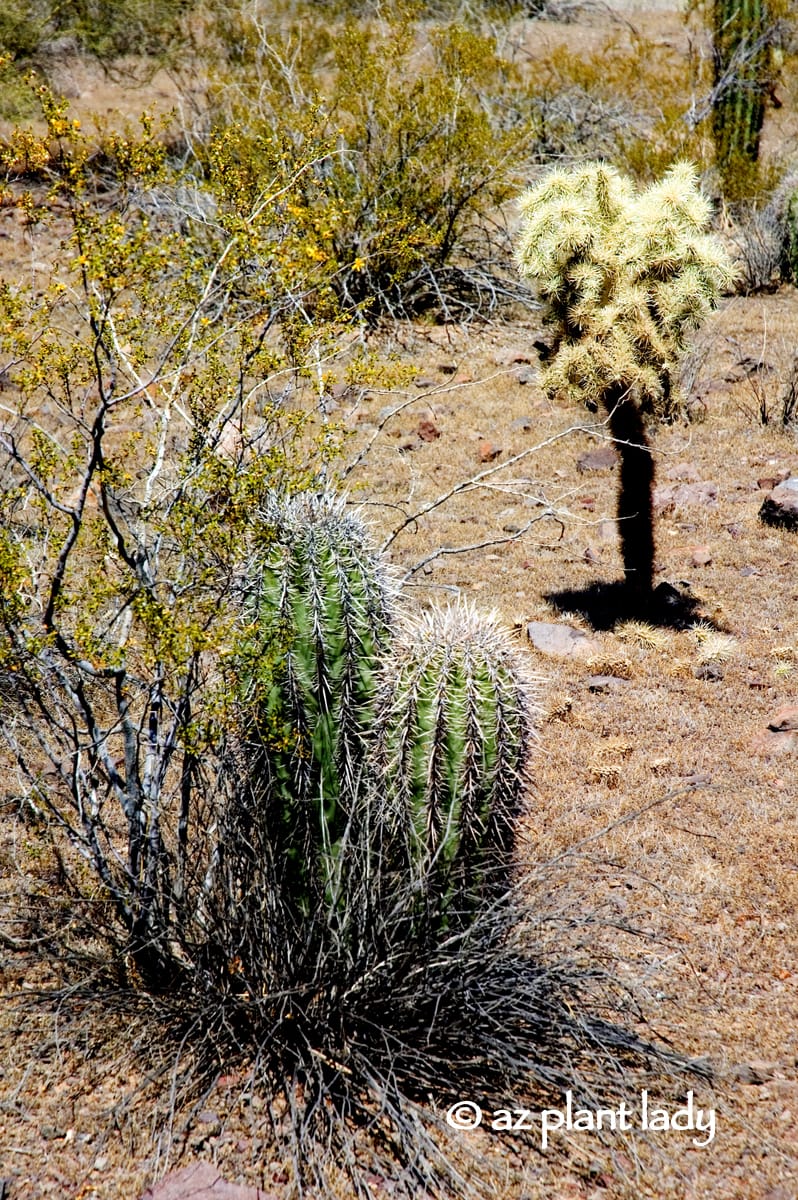
Two young saguaro cactuses are emerging from the shelter of a creosote shrub.
Hopefully, you have a new appreciation for cacti and their spines. But, it’s still important to be careful because it hurts when you get pricked!
What Plant Where? Beautiful Plant Combinations

 Noelle Johnson, aka, 'AZ Plant Lady' is a author, horticulturist, and landscape consultant who helps people learn how to create, grow, and maintain beautiful desert gardens that thrive in a hot, dry climate. She does this through her consulting services, her online class Desert Gardening 101, and her monthly membership club, Through the Garden Gate. As she likes to tell desert-dwellers, "Gardening in the desert isn't hard, but it is different."
Noelle Johnson, aka, 'AZ Plant Lady' is a author, horticulturist, and landscape consultant who helps people learn how to create, grow, and maintain beautiful desert gardens that thrive in a hot, dry climate. She does this through her consulting services, her online class Desert Gardening 101, and her monthly membership club, Through the Garden Gate. As she likes to tell desert-dwellers, "Gardening in the desert isn't hard, but it is different."
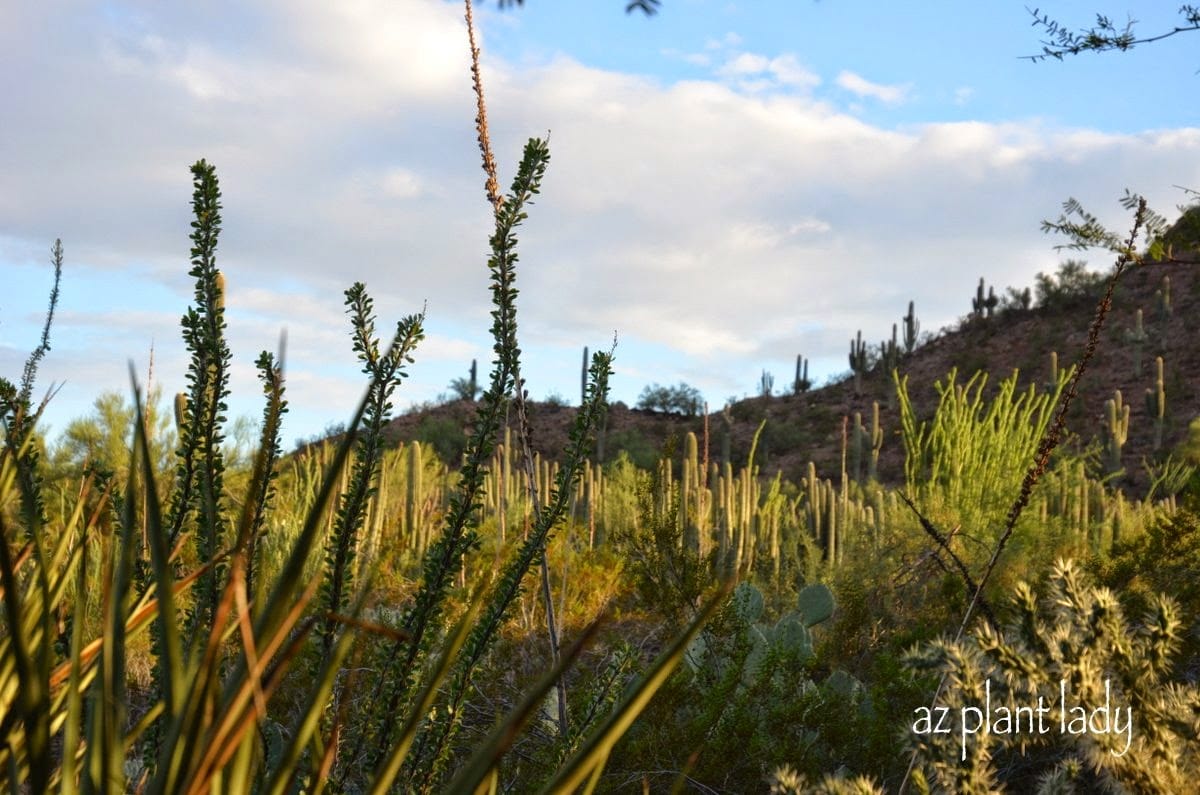
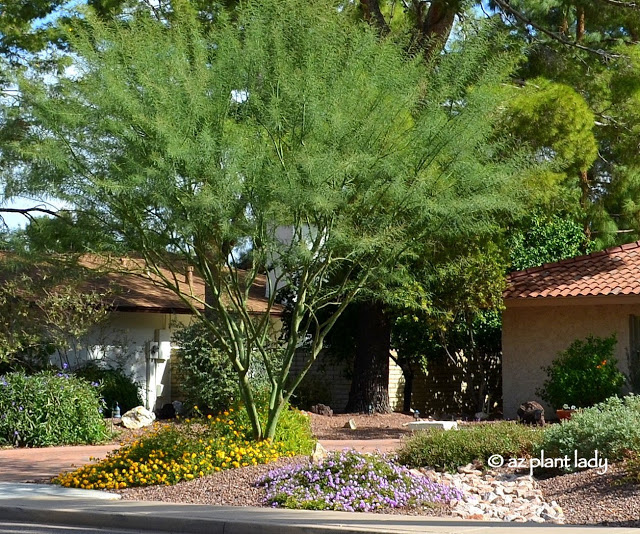
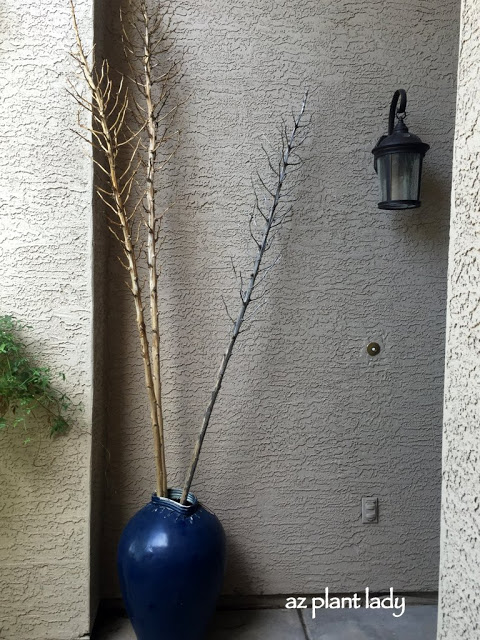
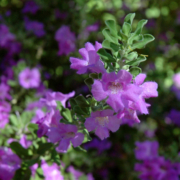
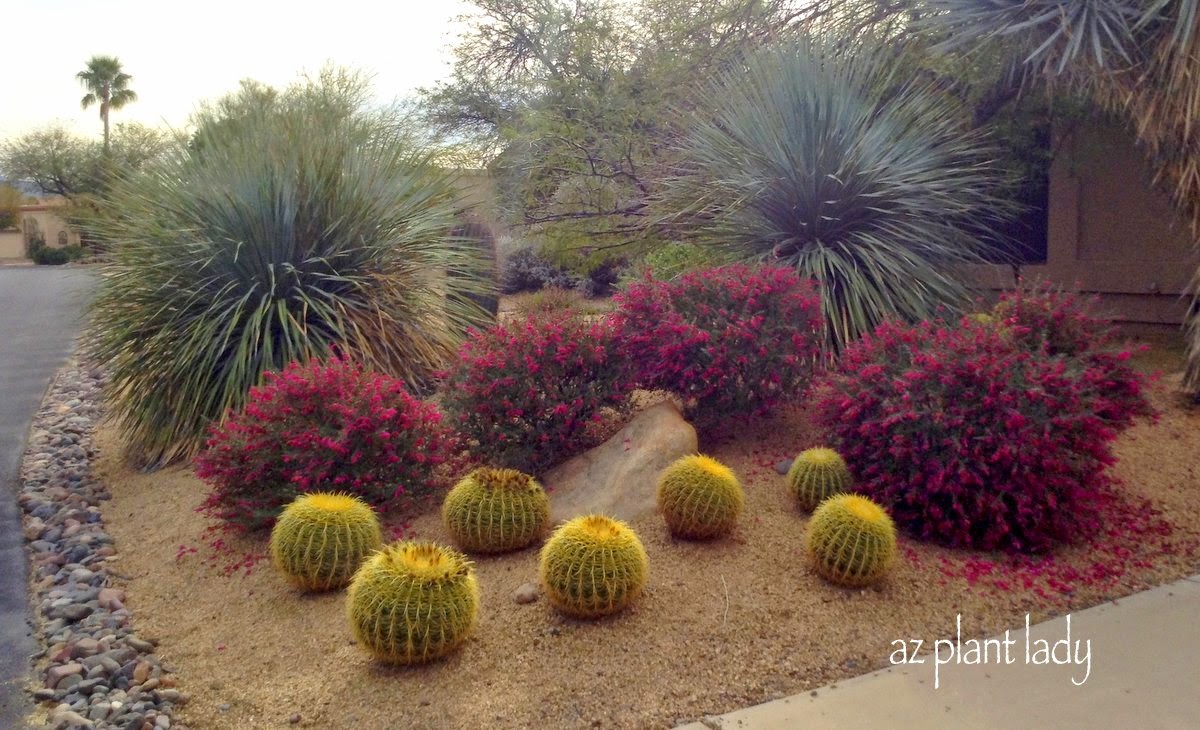

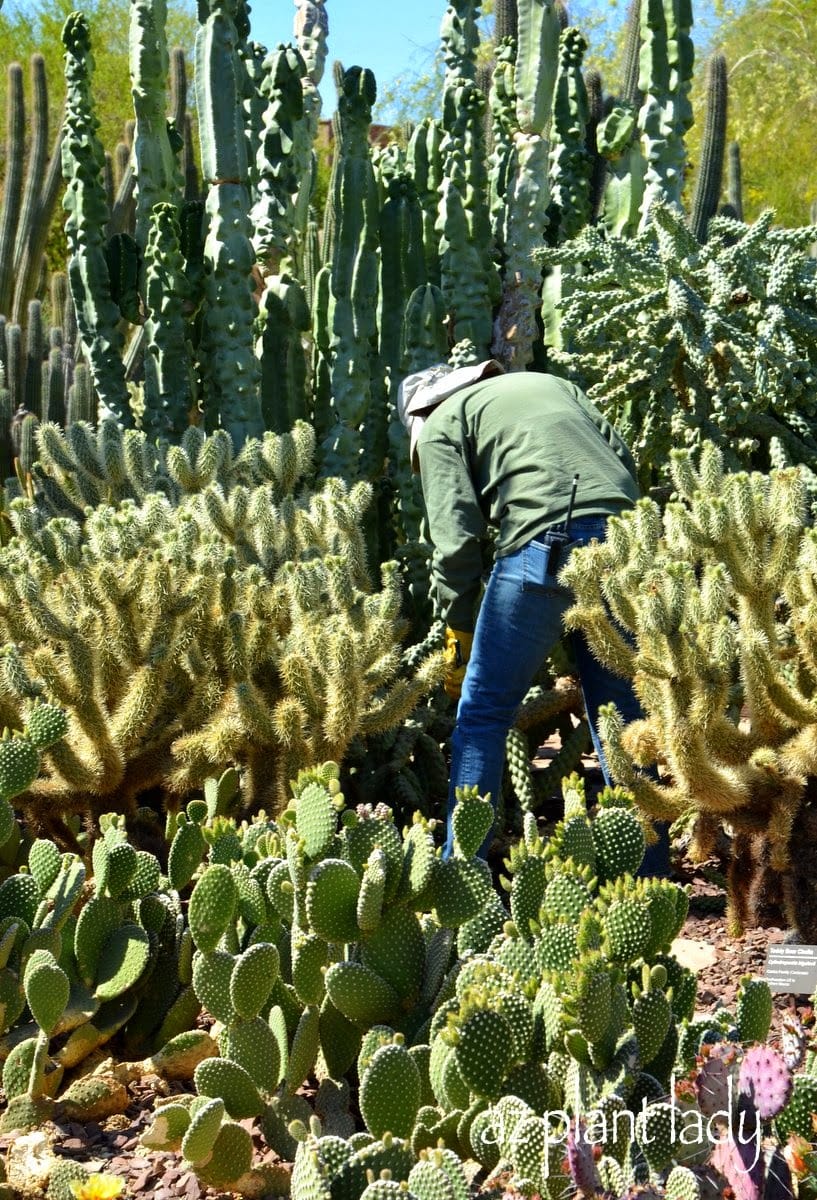






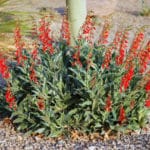

These cactus are so beautiful to look at, especially those with brightly coloured flowers. It is hard for me to imagine the spines as being actually leaves. I always tend to think of them as thorns instead.
It's riveting this. And I've got hooked (not literally!) on the Teddy Bear Cholla.
I'm amazed that the spines give shade but they must offer sufficient so that's ok.
Glad I'm not a cactus.
Lucy
Just like a pine tree has the needles, the cactus has the spines? They are the "leaves?" I had no idea! Next time I see a cactcus, I will remember this!
Thanks, Noelle.
Rosey
Wonderful post!! The consciousness of plants never ceases to amaze me… a plant must protect itself and also bring in moisture… love the photos of the handsome as well as prickly creatures… beautiful flowers.
Most interesting post. I didn't know all that. Some cacti are so beautiful with their otherworldly shapes. They are unusual creations.
Beautiful photos and descriptions, Noelle! Your plants look so exotic to my northern eyes…
Janice
Loved your post! I've never really thought about cactus plants that way. Your post offers a different perspective. And the photos, especially of the blooms, are lovely!
Very informative posts. You have a nice writing style to go with your experience in desert horticulture. The spines on Cactus are a pretty incredible evolutionary development. I remember that when we toured the Galapagos the spines on the same Cacti on different islands actually developed differently with some almost soft and furry and others as sharp as can be imagined, depending on whether there were animals to be fended off.
One of my first indoor collections was of cactus. I love the variety of form and they required little care.
Your post reminds me of the time my boss bought some big Opuntia microdyasis for propigation. Loaded them in the van and drove for 3 hours with the windows open. she was covered with those tiny spines. Said it itched was far worst than fiberglass.
Great post.
Scott
I enjoyed your post. I still would like add to my garden the purple cactus that you photographed in an earlier post.
This was a very informative post and I thank you for that. One of my earliest experiences in the desert is when I was six and we first moved there. We were marveling at the desert landscape when a very large "jumping cactus" attacted me. I know that it was an attact because I heard the thing snickering at me. I learned to give those things a wide berth from then on. 😉
As always, I appreciate your comments very much. The adaptions that plants go through to survive in the desert never cease to amaze me!
Fascinating! I love to look at cactus, but sill stick to growing fruits and veggies (less painful)!